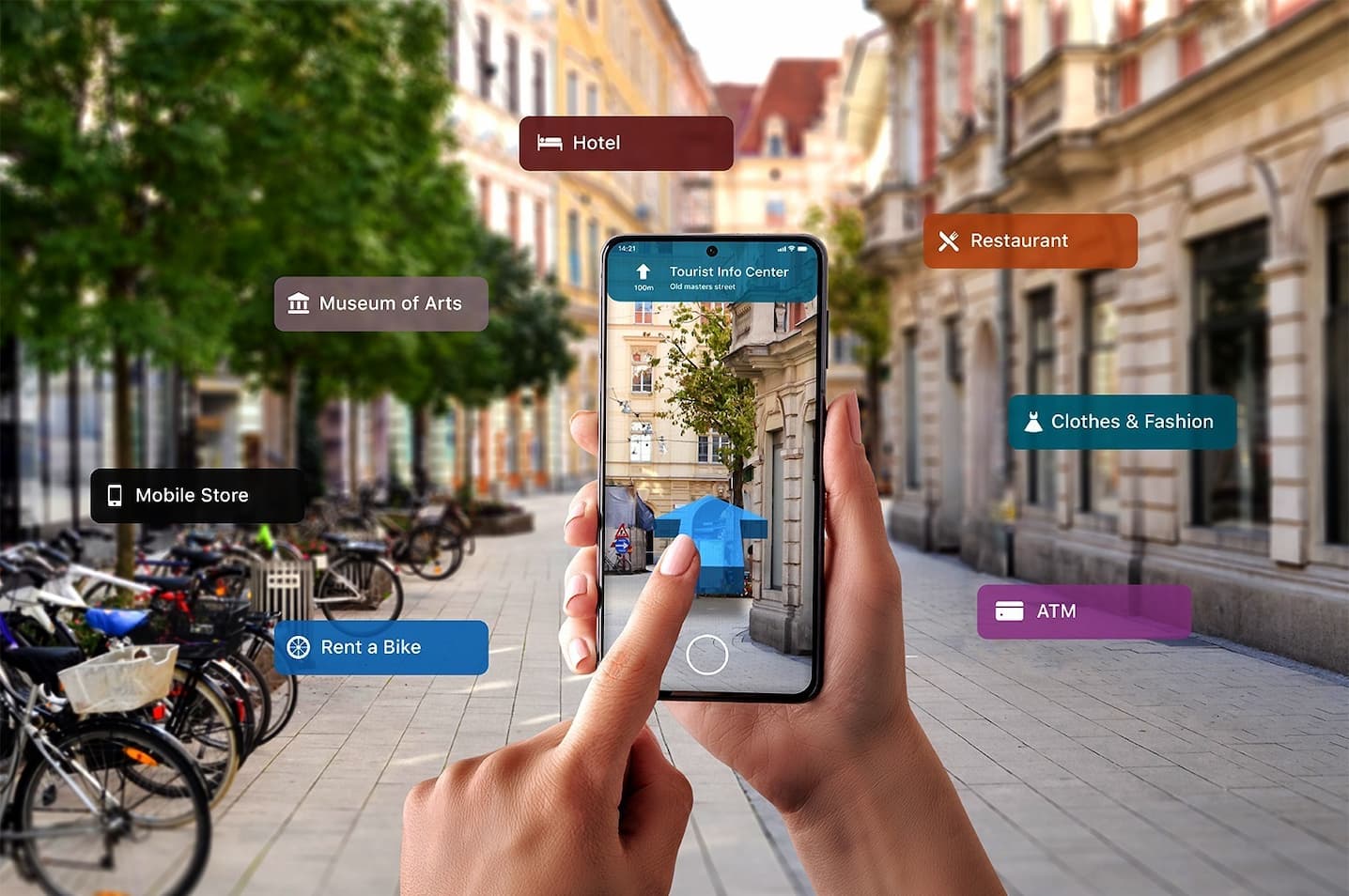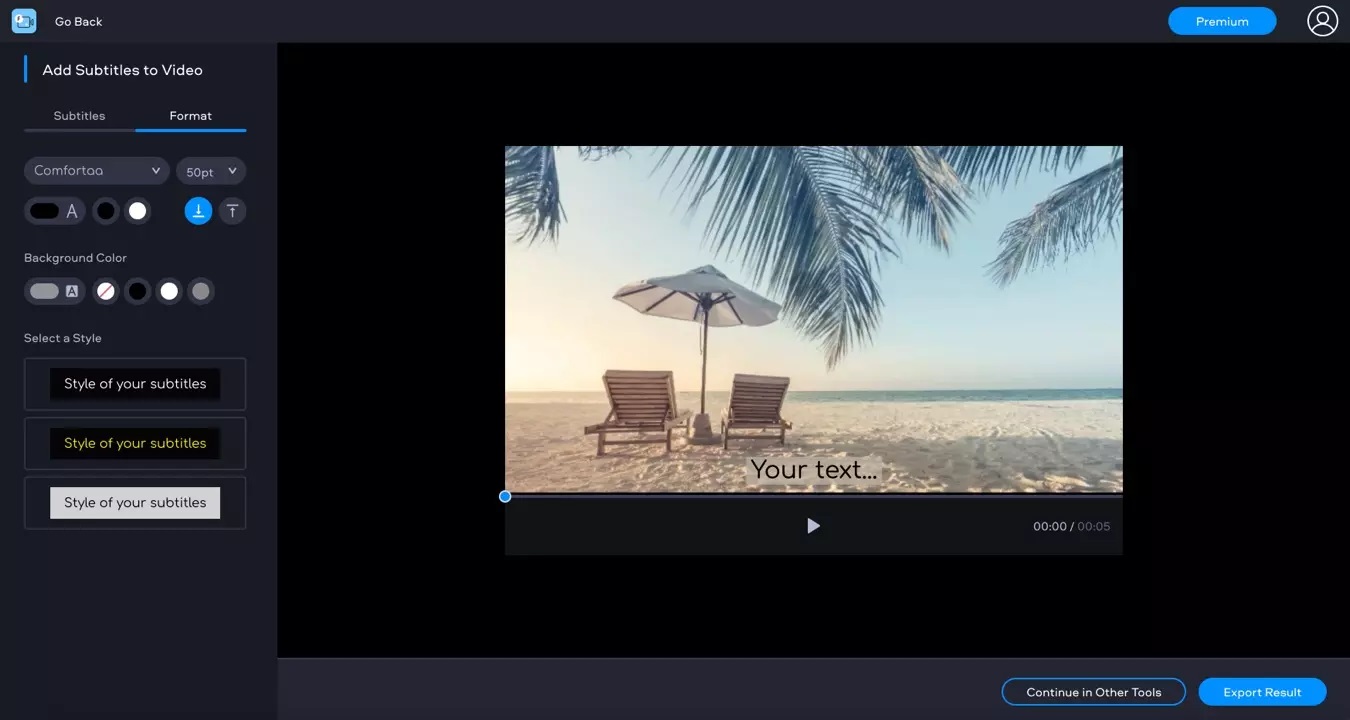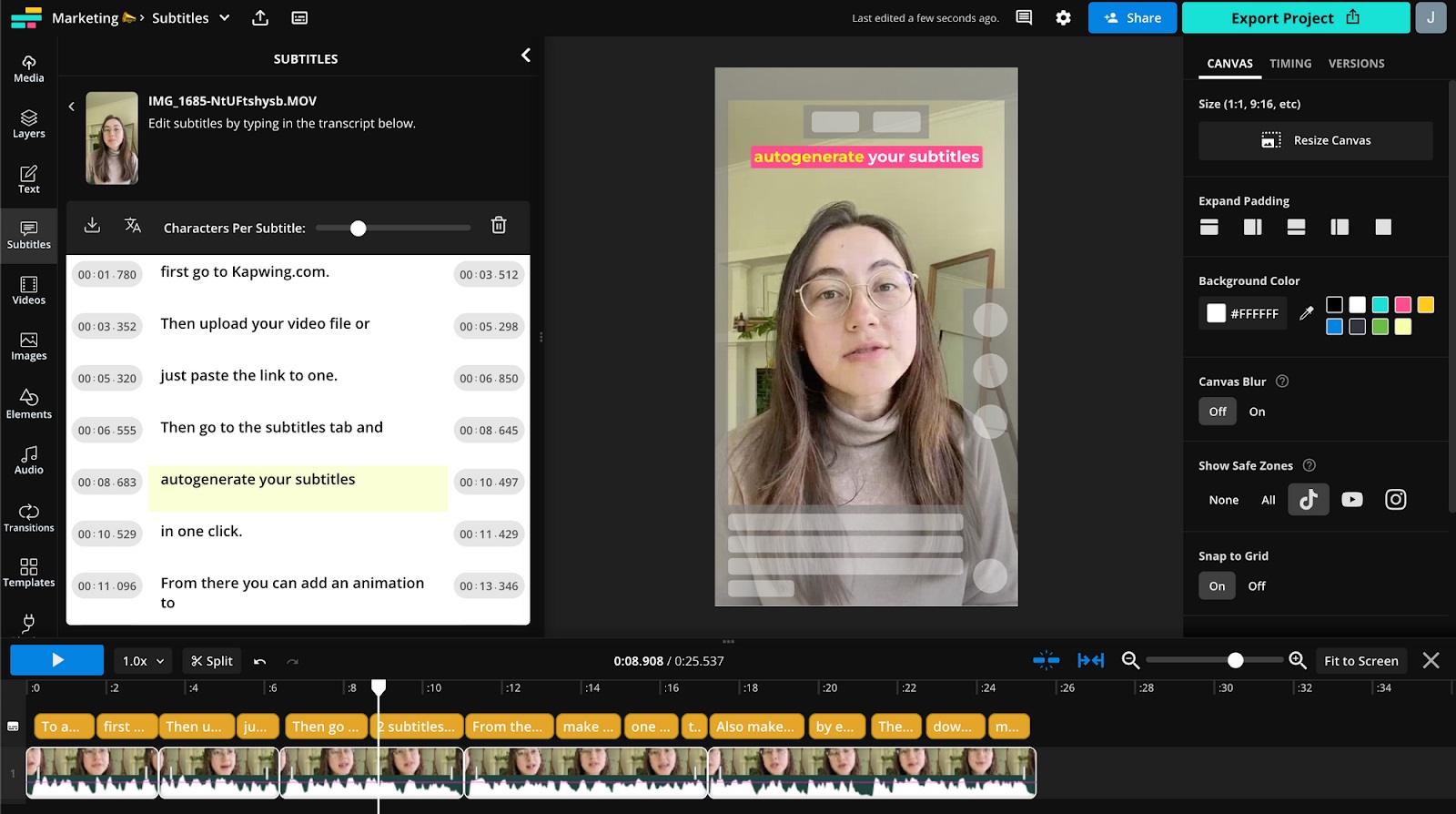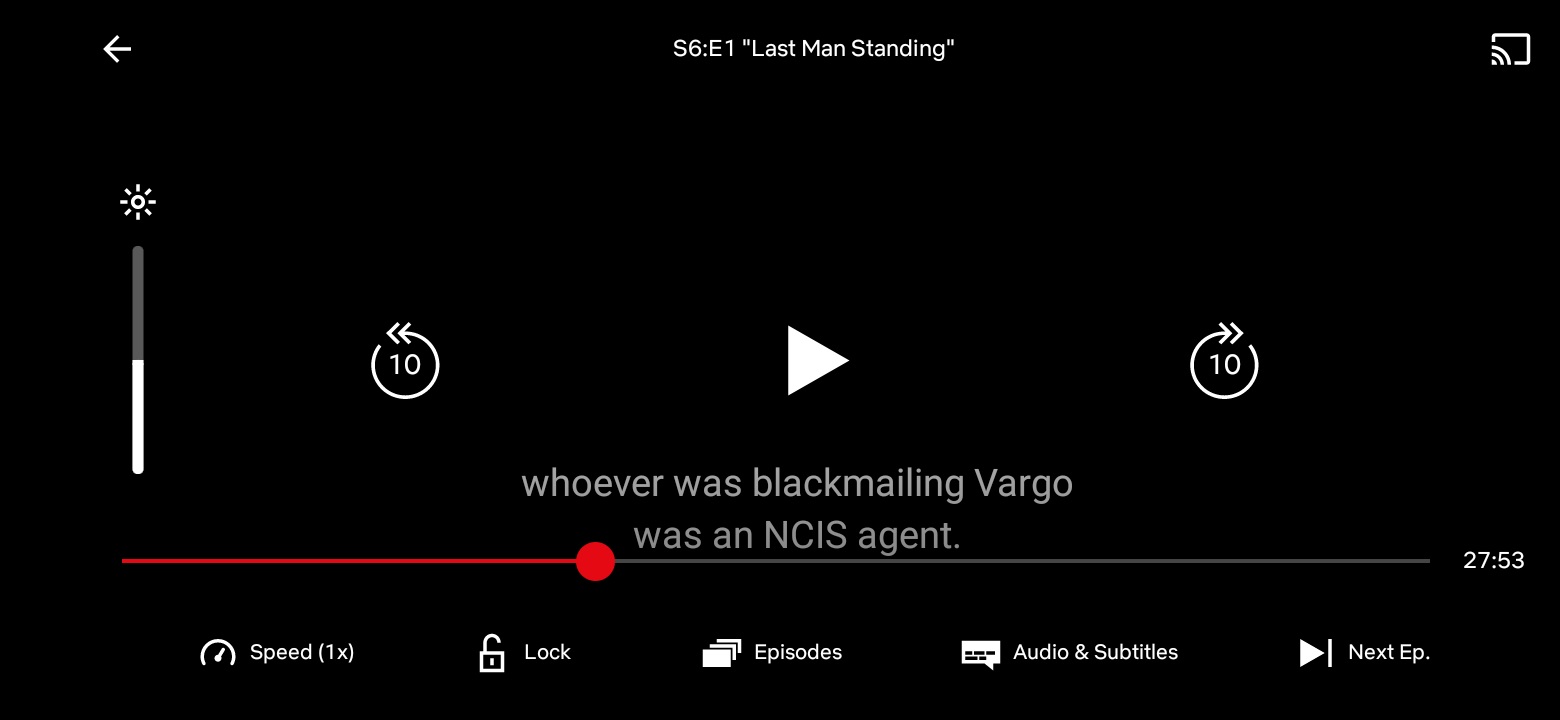Home>How-To Guides>Tips and Tricks>What Is A Subtitle In An Article
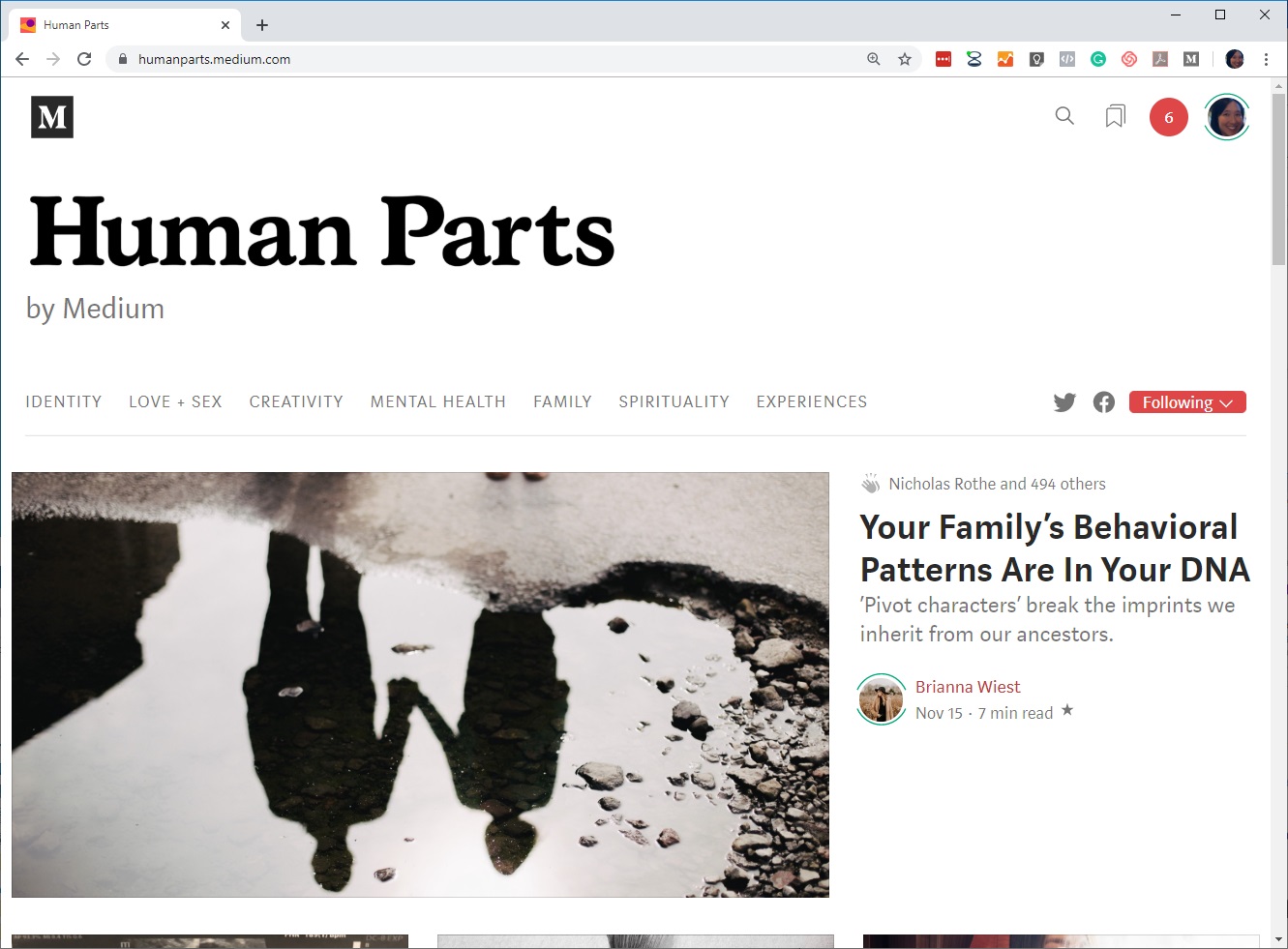

Tips and Tricks
What Is A Subtitle In An Article
Modified: September 5, 2024
Learn the best tips and tricks for using subtitles in your articles. Discover how to make your content more engaging and readable with effective use of subtitles.
(Many of the links in this article redirect to a specific reviewed product. Your purchase of these products through affiliate links helps to generate commission for Techsplurge.com, at no extra cost. Learn more)
Table of Contents
What Is a Subtitle in an Article?
A subtitle, often called a subheading, is a secondary title appearing below the main title of an article. It enhances readability, provides additional context, and helps readers navigate content more effectively.
Read more: What Is A Subtitle In Powerpoint
The Role of Subtitles
Subtitles break down content into manageable sections, making it easier for readers to understand the structure and flow of an article. They provide a clear hierarchy of information, guiding readers through the text.
Enhancing Readability
- Improves Scanning: Subtitles break content into smaller, focused sections, making it easier for readers to scan and identify key points.
- Short Attention Spans: Particularly important in digital media, where readers often browse multiple articles simultaneously.
Providing Additional Context
- Sets Expectations: Subtitles offer a brief summary of each section, helping readers know what to expect.
- Longer Articles: Useful in longer pieces where the main title alone may not provide enough information about specific topics covered.
Facilitating Navigation
- Clear Hierarchy: Subtitles help readers quickly locate specific sections of interest.
- Search Engines: Important in digital media, where readers may use search engines or internal links to navigate through the article.
Read more: What Is A Subtitle In An Essay
Types of Subtitles
Subtitles can be categorized based on their level of importance and the structure of the article.
Primary Subtitles
- Main Subheadings: Appear below the main title, introducing major sections of the article.
- Examples: In a travel article, primary subtitles might include "Top Destinations," "Budget-Friendly Options," and "Off-the-Beaten-Path Adventures."
Secondary Subtitles
- Detailed Breakdown: Further break down content within each primary section.
- Examples: Within "Top Destinations," secondary subtitles might include "Best Beaches," "City Breaks," and "Mountain Retreats."
Tertiary Subtitles
- Even More Detail: Provide detailed information about specific topics within secondary sections.
- Examples: In a scientific study, tertiary subtitles might include "Methodology," "Results," and "Conclusion."
Read more: What Is Chromecast
Importance of Subtitles
Subtitles are crucial for both digital and print media.
Digital Media
- Fast-Paced Consumption: Readers often have shorter attention spans and browse multiple articles simultaneously.
- Search Engine Indexing: Subtitles help search engines like Google index articles, making it easier for readers to find specific information.
Print Media
- Maintaining Readability: Long articles can be overwhelming without proper subheadings, making it difficult for readers to follow the narrative.
- Organized Content: Subtitles break down content into manageable sections, ensuring readers can easily navigate through the article.
Accessibility
- Visual Impairments: Screen readers can read out subtitles, helping visually impaired readers navigate through the article more effectively.
- Detailed Explanations: Particularly important in academic or technical articles where detailed explanations are necessary.
Read more: What Is Chromecast Audio
Best Practices for Using Subtitles
Effective use of subtitles requires careful planning and execution.
- Consistency: Use consistent formatting for all subtitles to maintain a clear hierarchy of information.
- Relevance: Ensure each subtitle is relevant to the content that follows. Avoid using generic or misleading subtitles.
- Clarity: Use clear and concise language. Avoid jargon or overly technical terms.
- Hierarchy: Maintain a clear hierarchy of information by using the appropriate level of subtitle based on the importance and detail of the content.
- Readability: Ensure subtitles are easy to read. Avoid using too many words or complex sentences.
- Accessibility: Use clear and concise language, ensuring subtitles are readable by screen readers.




